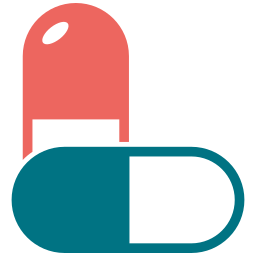Urticaria
Transplantation indications: Solid organ transplantation, Bone marrow transplantation
Non-transplantation indications: Endogenous uveitis, Nephrotic syndrome, Rheumatoid arthritis, Psoriasis, Atopic dermatitis.
Drugs that increase Cyclosporine levels: Macrolide antibiotics (e.g., erythromycin, azithromycin and clarithromycin), ketoconazole, fluconazole, itraconazole, voriconazole, diltiazem, nicardipine, verapamil, lercanidipine, metoclopramide, oral contraceptives, danazol, methylprednisolone (high dose), allopurinol, amiodarone, cholic acid and derivatives, protease inhibitors, imatinib, colchicine.
Other relevant drug interactions: Cyclosporine may reduce the clearance of digoxin, colchicine, prednisolone and HMG-CoA reductase inhibitors (statins).
Lactation: Cyclosporine passes into breast milk. Mothers receiving treatment with Cyclosporine should not breast-feed.
Cyclosporine may develop bacterial, fungal, parasitic and viral infections. So therapeutic strategies should be employed for long-term immunosuppressive therapy.
A reversible increase in serum creatinine and urea may occur during the first few weeks of Cyclosporine therapy and usually responding to dose reduction. In elderly patients, renal function should be monitored with particular care.
Regular monitoring of blood pressure is required during Cyclosporine therapy; if hypertension develops, appropriate antihypertensive treatment must be instituted.
Cyclosporine enhances the risk of hyperkalaemia, especially in patients with renal dysfunction. Caution is also required when Cyclosporine is co-administered with potassium sparing drugs. Cyclosporine enhances the clearance of magnesium. If considered necessary, magnesium supplementation should be given. Caution should be observed in treating patients with hyperuricaemia. During treatment with Cyclosporine, vaccination may be less effective; the use of live-attenuated vaccines should be avoided.
Non-transplant patients with impaired renal function, uncontrolled hypertension, uncontrolled infections, or any kind of malignancy should not receive Cyclosporine.



